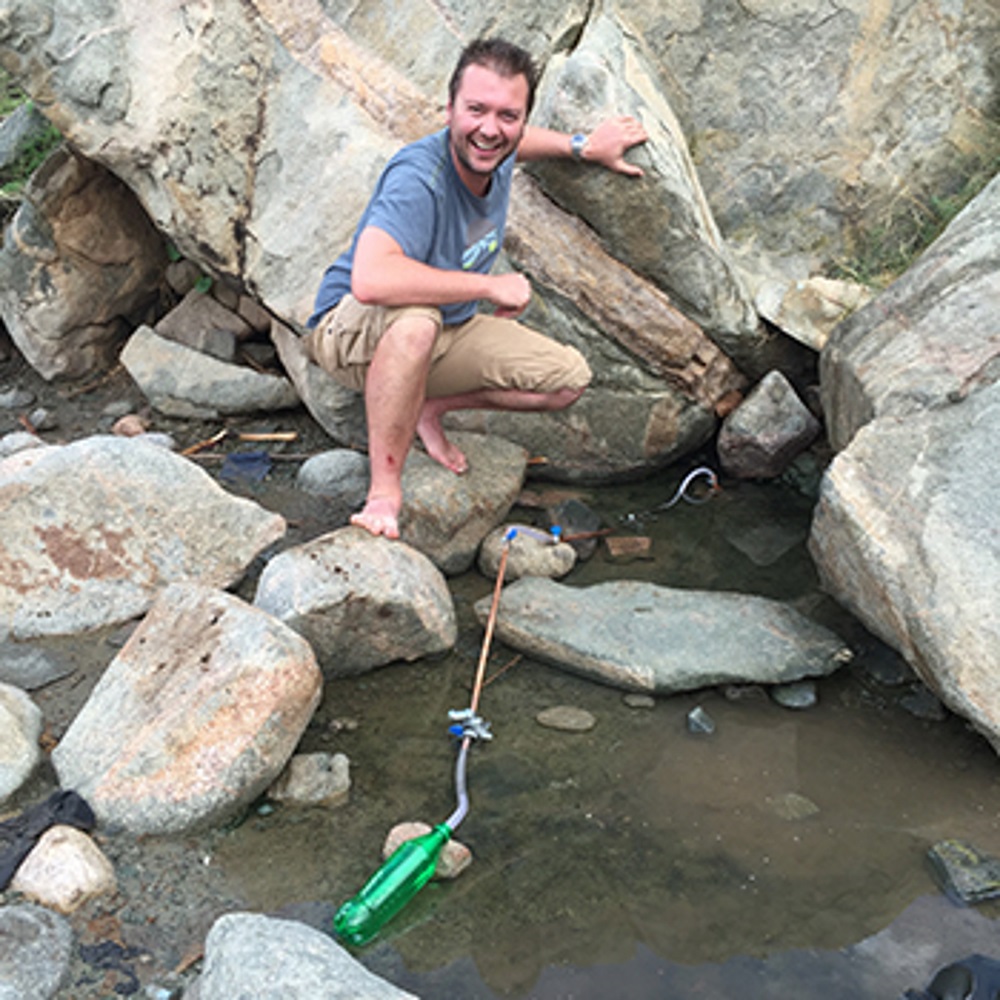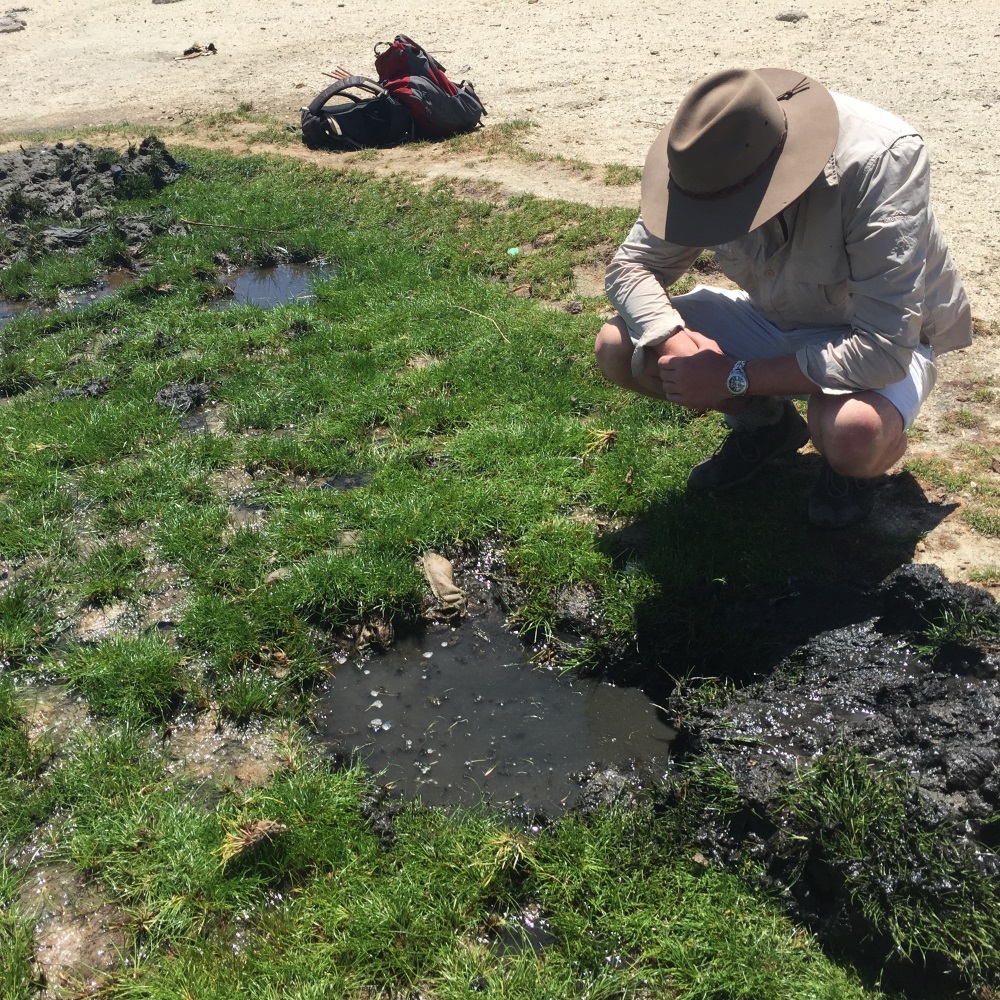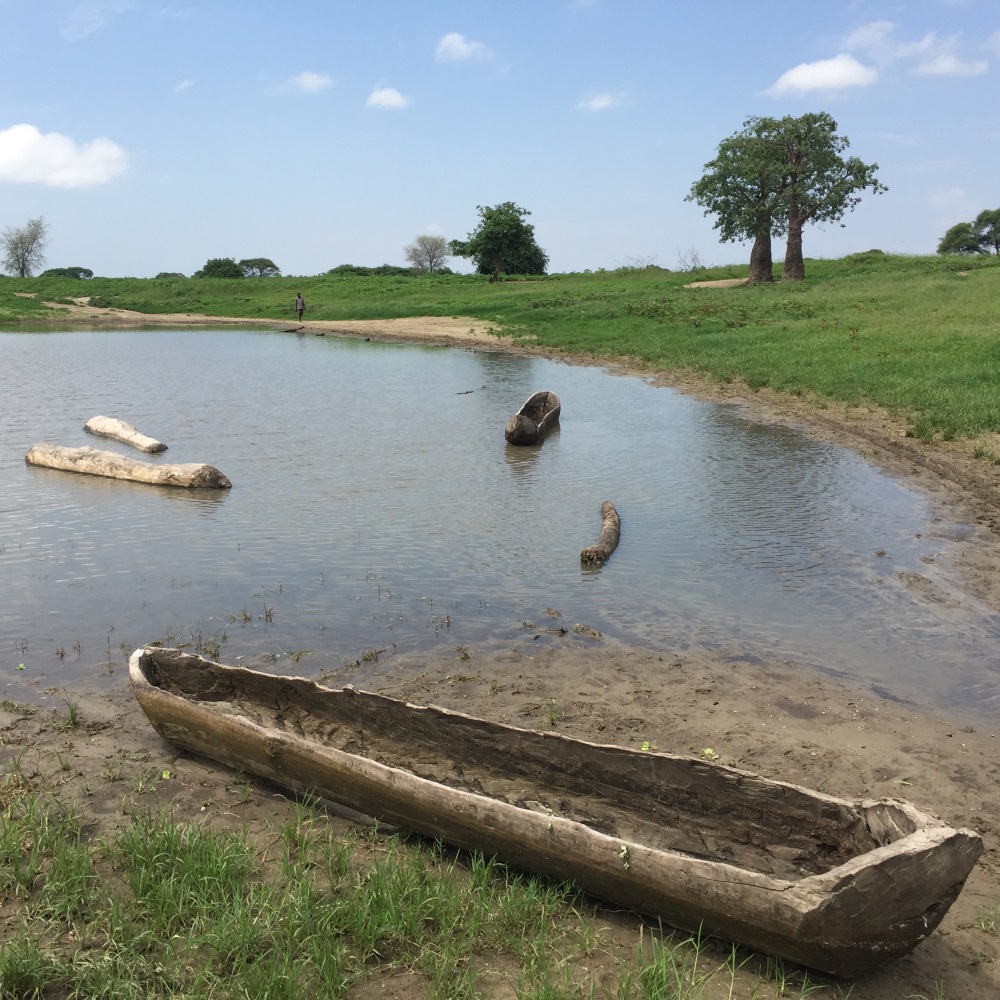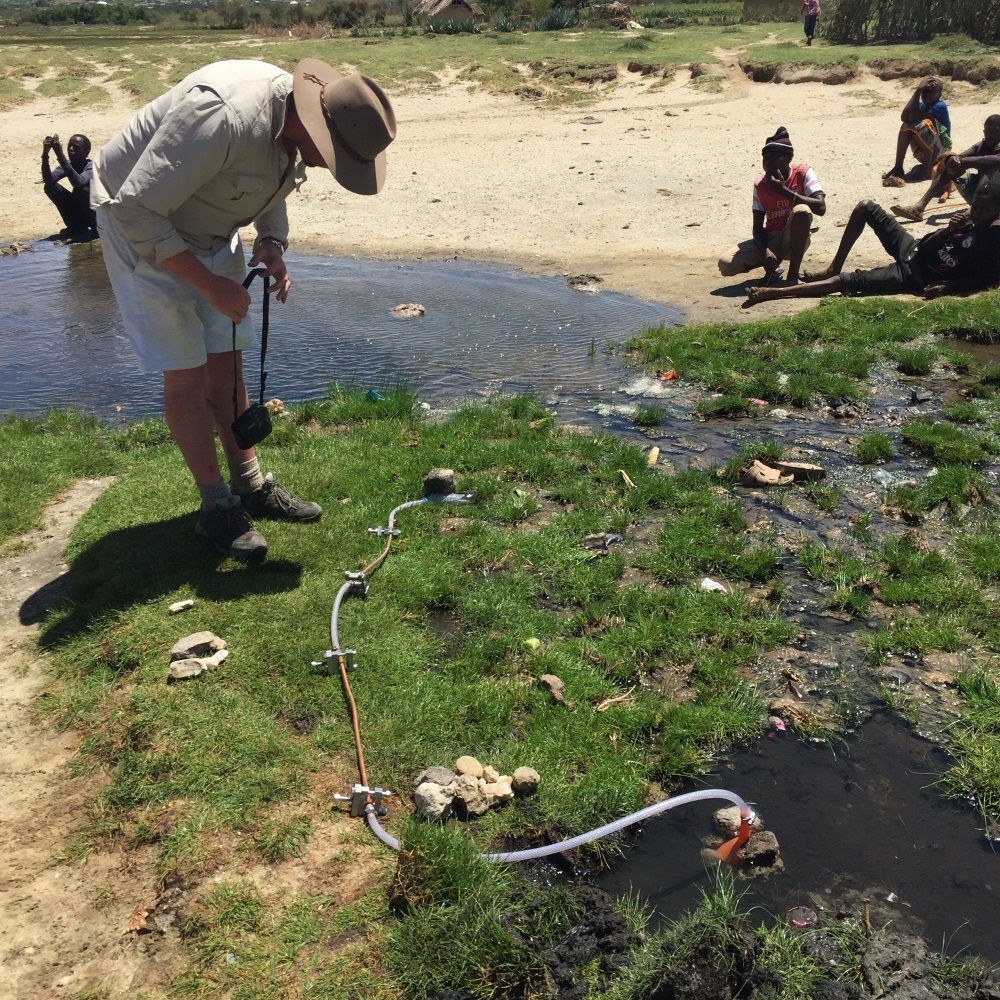In Photos: Massive Underground Helium Reserve Found in Tanzania
A big discovery

Underground pockets of helium gas discovered in the Rift Valley region of Tanzania are now thought to be around twice as large as initially reported, according to new research by scientists from the University of Oxford, in the United Kingdom.
When the discovery was announced last year, independent resource assessors estimated that the underground gas deposits in Tanzania contained around 54 billion cubic feet (1.5 billion cubic meters) of helium, mixed with mainly nitrogen gas. But, a reanalysis of the helium concentrations in the gas deposits indicate they may hold more than 98.6 billion cubic feet (2.8 billion cubic meters) of helium gas.
More than originally thought

The helium deposits in Tanzania were confirmed after scientists in the University of Oxford's Department of Earth Sciences developed a new theory for helium production inside the Earth's crust.
Helium forms very slowly on Earth inside ancient rocks, caused by the radioactive decay of heavier elements like uranium. The scientist think that volcanic heat can liberate the helium from the rocks where it forms and trap the gas in underground pockets.
In volcanic areas like Tanzania's Rift Valley, the trapped helium can seep through weaknesses in the crust and bubble up through hot springs, like the one in this photo.
Solution to a problem

The known helium deposits are situated near Lake Rukwa in Tanzania's Rift Valley region, a few hours' drive from the city of Mbeya. The Tanzanian helium discovery comes as the world faces shortages of the gas, which has critical applications in industry, scientific research, and medicine.
A resource prospecting company called Helium One hopes to start supplying helium gas from the Tanzanian field by the end of 2020.
Taking cues from history

Geologist and Helium One CEO Thomas Abraham-James began searching for helium in Tanzania several years ago, after learning that a British survey of the region in the 1950s had reported high concentrations of the gas in ground seeps. Abraham-James then contacted geochemists from the University of Oxford, who visited Tanzania in 2015 and 2016 to take samples from outflows of underground gas in the Rift Valley area.
Bubbly clues

Many of the known outflows of mixed helium and nitrogen are beneath seeps of ground water, which make the bubbles of gases visible as they rise to the surface.
Perfecting practices

The first prospecting trip for Tanzanian helium in 2015 collected samples of gases for later laboratory analysis, a method that allowed a small amount of air to dilute the concentration of helium in the samples. .
For the most recent tests in late 2016, the researchers used a portable mass spectrometer to make measurements of the helium concentrations from the gas seeps in real time.
Moving in

The reported helium deposits are in open, sparsely populated areas in the western part of Tanzania.
Helium gas is inert and non-toxic, and only a small processing plant will be needed to start production of Tanzanian helium for the international market.
Get the world’s most fascinating discoveries delivered straight to your inbox.
Strategic timing

Helium One expects to be producing helium from Tanzania by the end of 2020, a few months before the world's main supplier, the U.S. government, ceases to supply the gas from the Federal Helium Reserve in Texas.
Rising prices

The impending end of the U.S. supply of the gas has caused much higher prices for helium in recent years. In addition, the recent sanctions imposed on the nation of Qatar by several other Middle East nations have brought an end to helium supplied from that country from traces of the gas found in fossil deposits of natural gas.
Tom Metcalfe is a freelance journalist and regular Live Science contributor who is based in London in the United Kingdom. Tom writes mainly about science, space, archaeology, the Earth and the oceans. He has also written for the BBC, NBC News, National Geographic, Scientific American, Air & Space, and many others.


